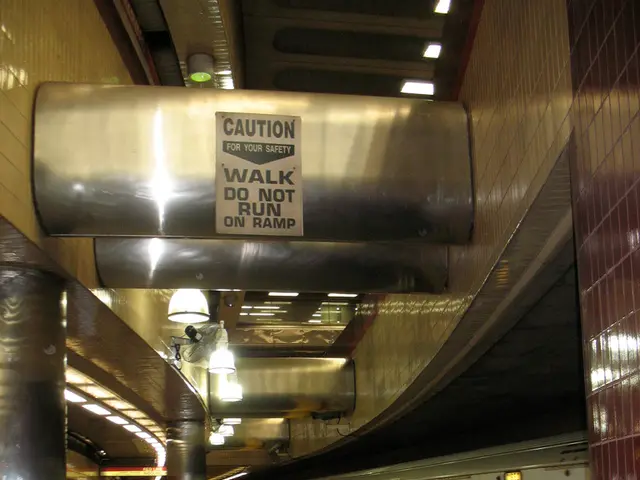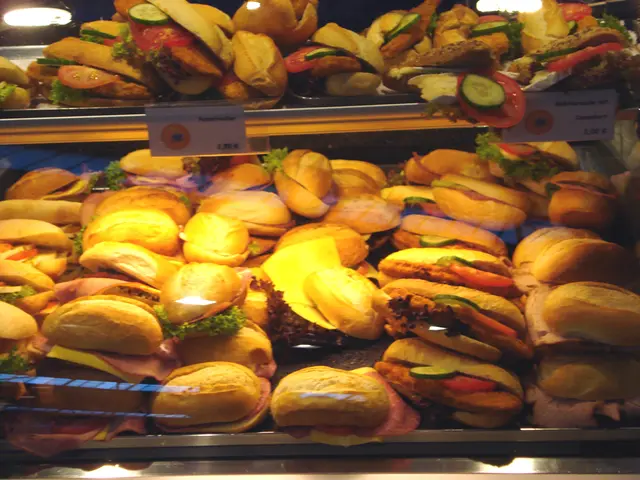Trump and Israel contemplate contentious relief plan for Gaza amid enforced isolation
In a surprising move, the Trump administration is collaborating with Israel to deliver humanitarian aid to the Gaza Strip, aiming to break the two-month blockade on essential food and fuel supplies. However, this plan has sparked doubts among aid workers.
The proposed plan envisions establishing a few food distribution zones, each catering to several hundred thousand Palestinians. Israeli military will be stationed outside these zones, ensuring aid workers can distribute food without the soldiers' direct involvement. This would mark the Trump administration's first detailed involvement in discussions about aid delivery in Gaza.
Donald Trump is reportedly considering announcing this plan before his upcoming Middle East trip. The primary objective is to prevent Hamas from stealing food supplies and exploiting them, thereby weakening Hamas' influence over the Palestinian population.
Despite the potential benefits, the plan's feasibility remains uncertain. While the resumption of food deliveries would alleviate the rising hunger in Gaza, the plan has been criticized by aid agencies. The United Nations has expressed reservations about it, mentioning that it may force vulnerable civilians to walk extended distances for food, making it harder to reach those in dire need.
The current system includes 400 distribution points, but the new plan drastically reduces this number, increasing the worry that large segments of the population might be left without food and essential supplies.
U.S. Ambassador to Israel, Mike Huckabee, has dismissed these criticisms, claiming that the distance to the distribution points won't be unreasonable. Furthermore, he expects more distribution points to be built in the future, making it easier for civilians to access them.
Details regarding the participating aid groups remain unclear, though several private organizations are reportedly involved. The Gaza Humanitarian Foundation, a new private group established for this purpose, is rumored to be one of them.
Critics, however, express concerns about civilians being forced to interact with Israeli soldiers, potentially putting them at higher risk of detention and interrogation. The plan is also accused of being a guise for forcibly displacing civilians in northern Gaza, as the aid sites are likely to be built in southern Gaza, compelling residents to abandon their homes to access food.
Moreover, the new system might leave civilians residing far from the distribution points more susceptible to theft and looting, as they would be compelled to travel long distances with valuable food parcels.
Tania Hary, executive director of Gisha, an Israeli rights organization, warns that the new system seems less like an aid distribution plan and more like a tool to intensify pressure in Gaza, making life unbearable.
Huckabee acknowledges the challenges the new system might face initially but argues that any effort is better than allowing Hamas to control aid distribution. If the blockade continues, the risk of famine is imminent. food shortages and soaring food prices are already causing extreme hardship.
References:
[1] "Trump administration plan for Gaza raises concerns among U.N. and aid workers," AFP, June 3, 2023.
[2] "Exclusive: U.S. pushes forward with plan to deliver aid to Gaza through Israel," The Times of Israel, May 31, 2023.
The controversial new aid plan, spearheaded by the Trump administration and Israel, aims to improve the environment in Gaza by alleviating food shortages, but it has sparked concerns over war-and-conflicts due to the potential for increased interaction between civilians and Israeli military. The plan, criticized by aid agencies and human rights organizations, faces questions about its feasibility and potential negative impacts, including the forced displacement of civilians and increased vulnerability to theft and looting ([1], [2]).





